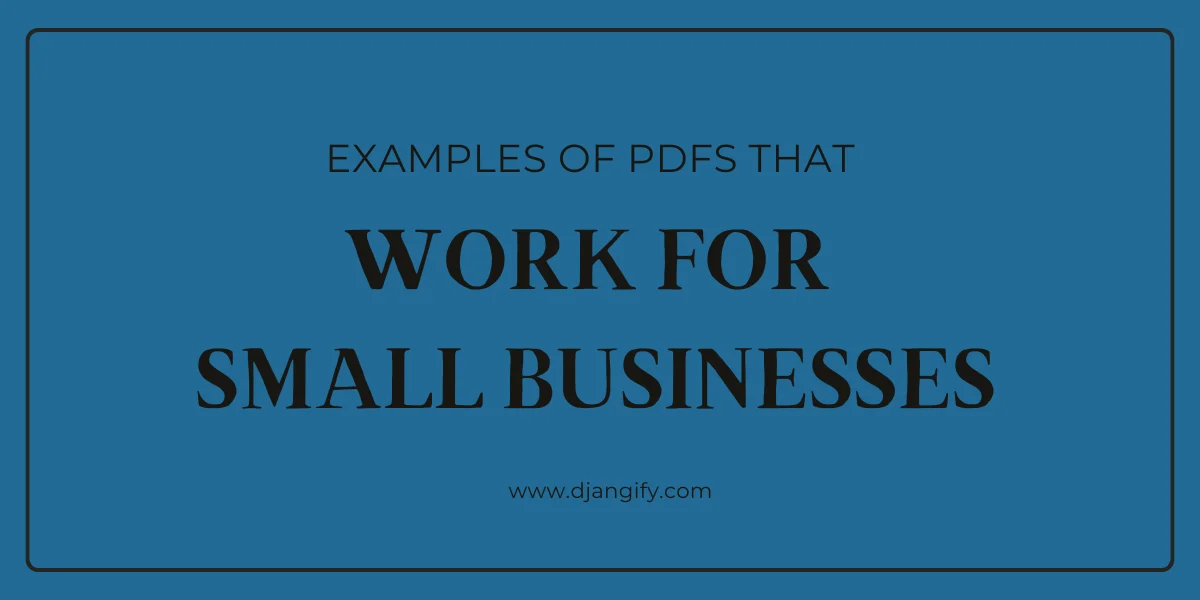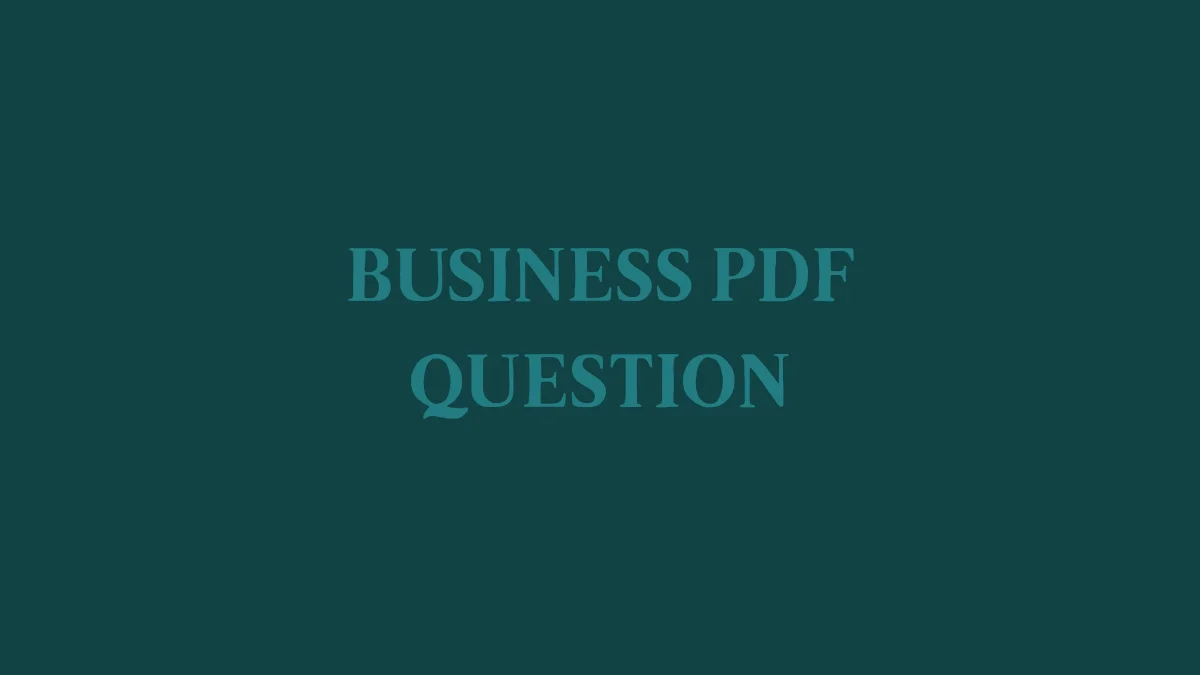One of the best ways to understand the power of a business PDF is to see it in action. Different types of PDFs serve different purposes, some attract new leads, some help with onboarding, and others generate direct income. No matter your industry, there’s a PDF format that can strengthen your business. Below are four proven examples you can adapt to your own situation.
1. Lead Magnet Guides
Lead magnets are short, high-value PDFs given away for free in exchange for an email address. They work best when they solve one specific problem and give readers a quick win.
How to use this:
- Identify your audience’s biggest question.
- Create a focused guide (8–12 pages).
- Add a CTA that points to your paid services.
- Example: A nutrition coach offers “7 Easy Breakfasts Under 10 Minutes.”
2. Service Brochures and Explainers
A PDF doesn’t always have to be educational, it can also showcase your services. A well-structured brochure gives potential clients a professional snapshot of what you do, pricing options, and how to get started.
How to use this:
- Include an overview of your services with clear benefits.
- Add testimonials, case studies, or reviews.
- Make the design match your brand for credibility.
Example: A web designer creates a “Website Starter Packages” brochure with pricing tiers.
3. Workbooks and Worksheets
Workbooks are interactive PDFs that guide readers through exercises. They’re especially useful for coaches, consultants, and trainers who want to help people put ideas into practice.
How to use this:
- Break content into sections with exercises at the end of each one.
- Use prompts, fill-in-the-blank sections, or reflection questions.
- Offer both digital and print-friendly versions.
Example: A life coach publishes “Confidence Reset: A 7-Day Workbook.”
4. Paid Mini-Ebooks
Mini-ebooks are slightly longer PDFs that provide step-by-step guidance on a subject. Unlike lead magnets, these are paid products, usually priced affordably (£7–£27), designed to generate income and build credibility.
How to use this:
- Choose a specific framework or method you’re known for.
- Expand it into a 20–30 page PDF with actionable steps.
- Add value with worksheets, checklists, or case examples.
Example: A fitness trainer sells “The 4-Week Home Workout Guide.”
FAQs: Examples of Business PDFs
Which type of business PDF should I start with?
Start with a lead magnet. It’s quick to create, solves a specific problem, and helps build your email list. Once you’ve tested how your audience responds, you can expand into workbooks, brochures, or paid ebooks. Think of the lead magnet as the gateway that opens the door to everything else you offer.
Can I create more than one business PDF?
Yes, in fact, it’s recommended. Different PDFs serve different stages of the customer journey. A lead magnet attracts, a workbook nurtures, and a paid mini-ebook generates revenue. Over time, having a mix of PDFs gives your business a stronger funnel and multiple touchpoints with your audience.
How long does it take to create these PDFs?
It depends on complexity. A lead magnet guide might be ready in a week if the content is simple. A workbook or paid ebook often takes two to four weeks because of the exercises and formatting. Using a done-for-you service speeds this up dramatically and ensures a polished result.
Do I need separate branding for each PDF?
No. Keep your branding consistent. Using the same colours, fonts, and logo across all PDFs builds recognition and trust. Each PDF should feel like part of the same family, even if the content serves a different purpose. Consistency is key to building authority.
Checklist: Examples to Create in Your Business
- Lead Magnet Guide (8–12 pages, free, one problem solved).
- Service Brochure (professional overview of services with CTAs).
- Workbook or Worksheet (interactive, practical, usable resource).
- Paid Mini-Ebook (20–30 pages, actionable framework, affordable price).
- Ensure all PDFs include consistent branding and a strong call-to-action.
- Map each PDF to a stage of your customer journey: attract → nurture → convert.


